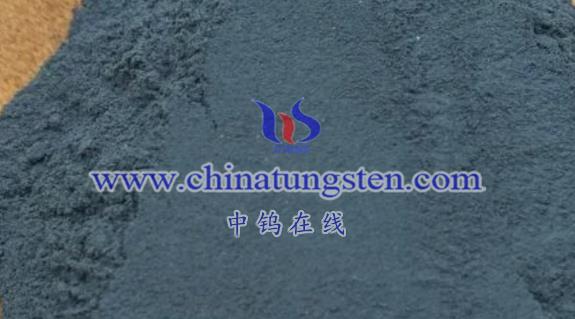
An oxygen vacancy tungsten oxide catalyst refers to a catalyst that uses tungsten oxide containing oxygen vacancies (e.g., WO₃₋ₓ, where x represents the number of oxygen vacancies) as its active catalytic component. In this type of catalyst, oxygen vacancies are defects where oxygen ions have left their normal positions in the crystal lattice, creating one or more voids. These defect structures significantly impact the catalyst’s performance in the following ways:
- Enhanced Catalytic Performance
Increased Active Sites
Oxygen vacancies act as active centers, capable of adsorbing and activating reactant molecules, reducing the activation energy of reactions, and accelerating the catalytic process.
Promoted Electron Transfer
The presence of oxygen vacancies facilitates the transfer and separation of electrons on the catalyst surface. This promotes the separation of photo-generated electrons and holes, thereby improving the catalyst’s efficiency.
- Improved Photocatalytic Properties
Expanded Light Absorption Range
Oxygen vacancies can modify the electronic structure of tungsten oxide, extending its light absorption range into the visible and even infrared spectrum, thus enhancing solar energy utilization.
Increased Efficiency of Charge Carrier Separation
As mentioned earlier, oxygen vacancies help separate photo-generated electrons and holes, reducing recombination and boosting photocatalytic efficiency.
- Stability and Durability
High Chemical Stability
Oxygen vacancy tungsten oxide catalysts typically exhibit high chemical stability, maintaining their structure and performance under various environmental conditions.
Good Thermal Stability
These catalysts can retain their catalytic performance under high-temperature conditions, making them resistant to thermal deactivation or structural degradation.
- Preparation Methods
Various methods are employed to synthesize oxygen vacancy tungsten oxide catalysts, including but not limited to:
- Chemical Reduction Method
- Hydrothermal Method
- Sol-Gel Method
- Vapor Deposition Method
By adjusting reaction conditions such as temperature, duration, type, and amount of reducing agents, it is possible to control the morphology, structure, and properties of the product, resulting in tungsten oxide catalysts with different oxygen vacancy concentrations.
- Application Prospects
Oxygen vacancy tungsten oxide catalysts have extensive application potential in multiple fields, such as:
- Photocatalytic degradation of organic pollutants
- Water splitting for hydrogen production
- Energy storage devices (e.g., lithium-ion batteries, supercapacitors, aluminum-ion batteries)
Their excellent catalytic performance and stability make them highly promising for these applications.
Conclusion
Oxygen vacancy tungsten oxide catalysts are a unique material with exceptional structure and performance. The enhancement of their catalytic and photocatalytic properties is primarily attributed to the presence of oxygen vacancies. With ongoing research and technological advancements, these catalysts are expected to demonstrate their distinctive advantages and value in more fields.
More details of tungsten oxide product, please visit website: tungsten-oxide.com
Please contact CHINATUNGSTEN for inquiry and order of tungsten oxide:
Email: sales@chinatungsten.com
Tel.: 86 592 5129595















